Dynamically generated quadrupole polarization using Floquet adiabatic evolution
G. Camacho,1C. Karrasch,1and R. Rausch1
1Technische Universit¨at Braunschweig, Institut f¨ur Mathematische Physik,
Mendelssohnstrasse 3, 38106 Braunschweig, Germany
We investigate the nonequilibrium dynamics of the S= 1 quantum spin chain subjected to a
time-dependent external drive, where the driving frequency is adiabatically decreased as a function
of time (“Floquet adiabatic evolution”). We show that when driving the rhombic anisotropy
term (known as the “two-axis countertwisting” in the context of squeezed spin states) of a N´eel
antiferromagnet, we are able to induce an overall enhancement in the quadrupole polarization,
while at the same time suppressing the staggered magnetization order. The system evolves into a
new state with a net quadrupole moment and antiferroquadrupolar correlations. This state remains
stable at long times once the driving frequency is kept constant. On the other hand, we find that we
cannot achieve a quadrupole polarization for the symmetry-protected Haldane phase, which remains
robust against such driving.
I. INTRODUCTION
In order to find quantum states with desired properties,
we can look in various spaces: In the chemical space
we can investigate the multitude of natural compounds.
This space can be further extended by synthesis,
metamaterials or the replacement of chemical bonds
by magneto-optical traps in ultracold quantum gases.
Another possibility is to exploit the additional dimension
of time and engineer new states in nonequilibrium
conditions.
A particularly simple way to create a nonequilibrium
state is a quantum quench, where the system is suddenly
evolved with a new Hamiltonian. This can be used
to observe the melting of equilibrium order parameters,
such as string order [1,2], and can lead to quasi-steady
prethermalized states [3] before heating sets in, but does
not offer optimal control and is not easily implementable
beyond ultracold-atom systems.
Alternatively, one can drive the system out of
equilibrium by a periodic external force, e.g., a
continuous laser beam with frequency Ω = 2π/T and
period T. In practical terms, this setup is well-controlled
in the high-frequency limit, where one can find the
effective Floquet Hamiltonian [4,5] by means of a
Magnus expansion of the original Schr¨odinger equation.
In leading order, this results in renormalized system
parameters, so that the problem can be analyzed using
equilibrium techniques (Floquet engineering). Heating
to an infinite-temperature state should take place
eventually, but is shown to happen on exponentially
long time scales for large frequencies, leading to a stable
prethermalized state similar to the case of quenches [6,7].
Floquet engineering has been applied very
extensively [8–11] and a comprehensive listing of all
results is near-impossible. For non-interacting systems,
the electronic band structure is modified, which becomes
interesting if the topological character is changed [12–15].
For interacting systems, a lot of attention has been
devoted to the enhancement of superconducting
correlations [16–19] (often using intense pulses rather
than continuous beams) and the photo-inducement of
superconducting orders absent from equilibrium phases,
such as η-pairing [7,20,21]. Apart from that, there
have been efforts to control the Kondo effect [22],
exchange interactions [23], the Dzyaloshinskii-Moriya
interaction [24], the magnetization [25], or many-body
localization [26].
In equilibrium physics, the concept of adiabaticity is
fundamental. In practical terms, it can be used to
define and traverse phase diagrams or prepare complex
ground states by adiabatically changing the couplings of
a Hamiltonian, e.g. using quantum annealing. Extending
this concept to Floquet engineering, one can attempt
to adiabatically change the drive parameters to further
improve the degree of dynamic control of the system [27,
28].
In this work, we adopt the specific protocol of
initiating the system by driving a term with Ω = ∞,
followed by an adiabatic decrease of Ω [29,30]. This
adiabatically propagated state is called the “Floquet
ground state” [30], and Ω is freed up as an additional
control parameter in the procedure. This has been
first studied for the integrable transverse-field Ising
model, in which case the state was seen to undergo
topological phase transitions and Kibble-Zurek scaling
was observed [29,30].
Fortunately, in the case of one-dimensional chains,
this “adiabatic Floquet” protocol lends itself to an
efficient simulation even for non-integrable systems
using matrix-product states (MPS). The initial state is
guaranteed to have low entanglement for the class of
gapped chains in accordance with the area law. This is a
key property that is exploited by the MPS formalism [31].
Furthermore, as long as the change of frequency is
slow enough, the entanglement is expected to grow only
slowly and long propagation times may be reached.
This stands in contrast to quench dynamics, where the
entanglement entropy increases linearly with time [32],
while the MPS bond dimension (i.e., the number of
variational parameters to represent the state) has to
increase exponentially.
In this paper, we show that the adiabatic Floquet
arXiv:2210.16088v2 [cond-mat.str-el] 14 Apr 2023
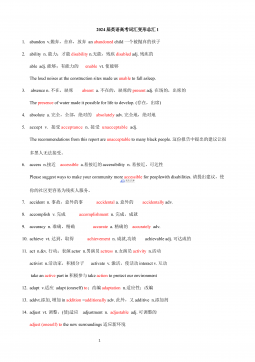
 2024-12-06 4
2024-12-06 4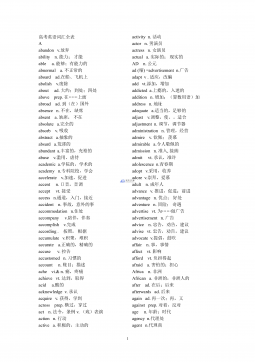
 2024-12-06 11
2024-12-06 11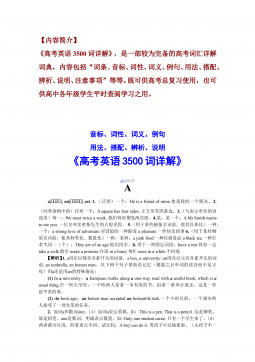
 2024-12-06 29
2024-12-06 29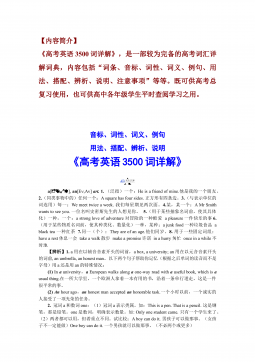
 2024-12-06 26
2024-12-06 26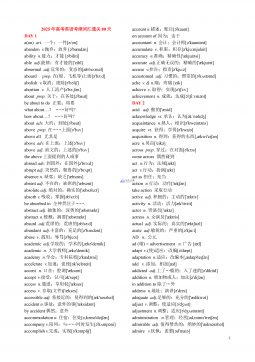
 2024-12-06 29
2024-12-06 29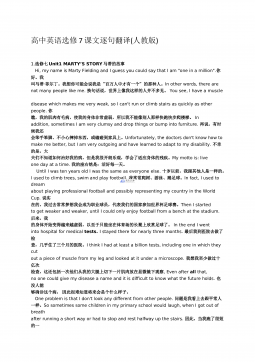
 2024-12-06 11
2024-12-06 11
 2024-12-06 35
2024-12-06 35
 2024-12-06 12
2024-12-06 12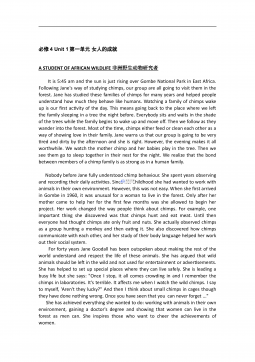
 2024-12-06 39
2024-12-06 39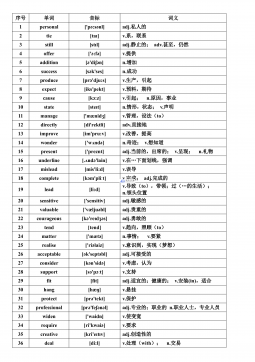
 2024-12-06 27
2024-12-06 27






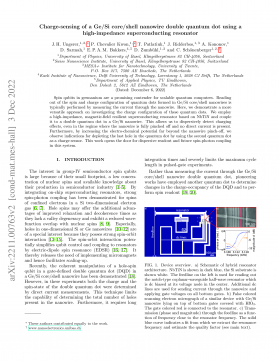
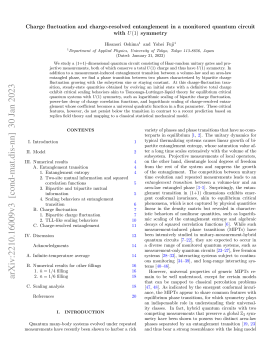
 渝公网安备50010702506394
渝公网安备50010702506394
